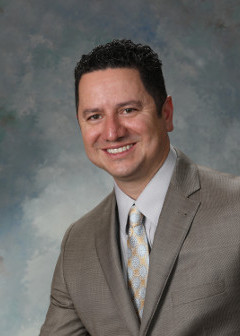HB 96 PERA MEMBER TEMPORARY PAYMENT
Sponsored By: Rep Joseph L Sanchez
Actions: HPREF [2] HLVMC/HAFC-HLVMC [3] DP-HAFC API.
Scheduled: Not Scheduled
House Bill 96 (HB 96) 229639 provides temporary, additional, non-compounding payment to retired members under the Public Employees Retirement Act, and makes an appropriation.Legislation Overview:
In House Bill 96 (HB 96) Section 10-11-118 NMSA 1978 is amended to provide that during Fiscal Years 2026 and 2027, a qualified pension recipient is to receive an annual, non-compounding, additional payment. The amount of the payment is to be determined each Fiscal Year by multiplying the amount of annual pension payments, inclusive of all cost-of-living adjustments prior to that fiscal year by two percent. Sixty-six million dollars ($66,000,000) is appropriated from the General Fund to the Public Employees Retirement Association for expenditure in Fiscal Year 2026 and subsequent Fiscal Years to provide adequate funding to cover the cost of the temporary, additional, non-compounding payments. Any unexpended or unencumbered balance remaining at the end of a Fiscal Year shall not revert to the General Fund.Current Law:
Exceptions for the payments described are provided in existing law, and the law currently only applies to FY 2021, 2022 and 2023.
-
Bill Documents arrow_drop_down
-
Commitee Reports & Amendments arrow_drop_down
-
Floor Amendments arrow_drop_down
-
Floor Votes arrow_drop_down
